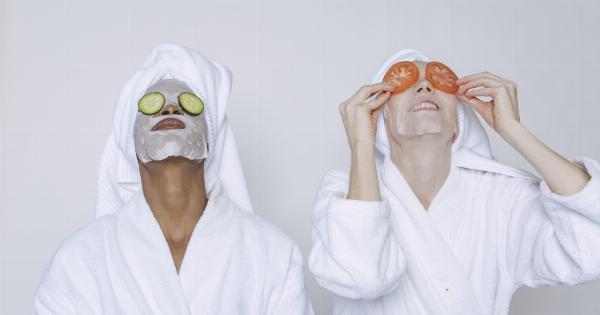King Tutankhamun, or King Tut as he is commonly known, was one of the most famous pharaohs of ancient Egypt. He ruled from around 1332 BC to 1323 BC and was only nine years old when he became pharaoh.
Despite his short reign and young age, King Tut left a lasting impact on history. His tomb, discovered in 1922 by British archaeologist Howard Carter, was one of the most significant archaeological finds of the 20th century and provided valuable insights into ancient Egyptian culture and beliefs.
The Quest for Eternal Beauty
Ancient Egyptians were obsessed with beauty and physical appearance. They believed that physical beauty was a sign of holiness and that it was essential to maintain a youthful appearance to achieve eternal life.
To this end, they used a variety of cosmetics and remedies to enhance their appearance, including under eye circle remedies.
The Cause of Under Eye Circles
Under eye circles, or dark circles, are a common beauty problem that affects people of all ages and genders. They are usually caused by a combination of factors such as genetics, lack of sleep, stress, dehydration, and aging.
The skin under our eyes is thin and delicate, and as we age, it becomes even thinner and more translucent, making the blood vessels under the skin more visible, resulting in dark circles.
Ancient Egyptian Remedies
Ancient Egyptians were known for their advanced medical knowledge and use of natural remedies to treat various ailments, including under eye circles.
One of the most famous remedies was made from a blend of natural ingredients, including chamomile, lettuce, and honey.
Chamomile
Chamomile is a herb that has long been used for its soothing and calming properties. It has anti-inflammatory and antioxidant properties that can help reduce puffiness and dark circles under the eyes.
Chamomile is rich in flavonoids, which are compounds that can help protect the skin from free radical damage and premature aging.
Lettuce
Lettuce is another ingredient that was often used in ancient Egyptian remedies. It is rich in vitamins A, C, and K, as well as minerals such as iron, calcium, and potassium.
Lettuce has anti-inflammatory properties that can help reduce swelling and puffiness under the eyes. It also has a cooling effect on the skin, which can help soothe and refresh tired eyes.
Honey
Honey is a natural humectant, which means it helps to retain moisture in the skin. It is also a natural antibacterial agent, which can help prevent infections and reduce inflammation.
Honey contains enzymes that can help improve circulation and reduce the appearance of dark circles under the eyes.
King Tut’s Remedy
King Tut’s remedy for under eye circles was a blend of chamomile, lettuce, and honey. To make the remedy, the ancient Egyptians would steep the chamomile and lettuce in boiling water for several minutes.
They would then strain the mixture, allow it to cool, and add honey to taste. The resulting tea was then applied to the under eye area using a cotton ball or soft cloth.
Modern-Day Use
The ancient Egyptian remedy for under eye circles is still relevant today. Chamomile tea is widely available and can be easily steeped and cooled to make a soothing and refreshing eye compress.
Lettuce juice can also be used as a cooling and hydrating eye treatment. Honey can be added to any of these remedies to provide additional moisturizing and anti-inflammatory benefits.
Conclusion
King Tut’s remedy for under eye circles is just one example of the rich history of ancient Egyptian beauty and skincare. While many of the ingredients and techniques used by the ancient Egyptians may seem outdated, they still hold relevance today.
Natural remedies such as chamomile, lettuce, and honey offer a safe and effective alternative to harsh chemicals and can provide valuable benefits for our skin and overall health.




























